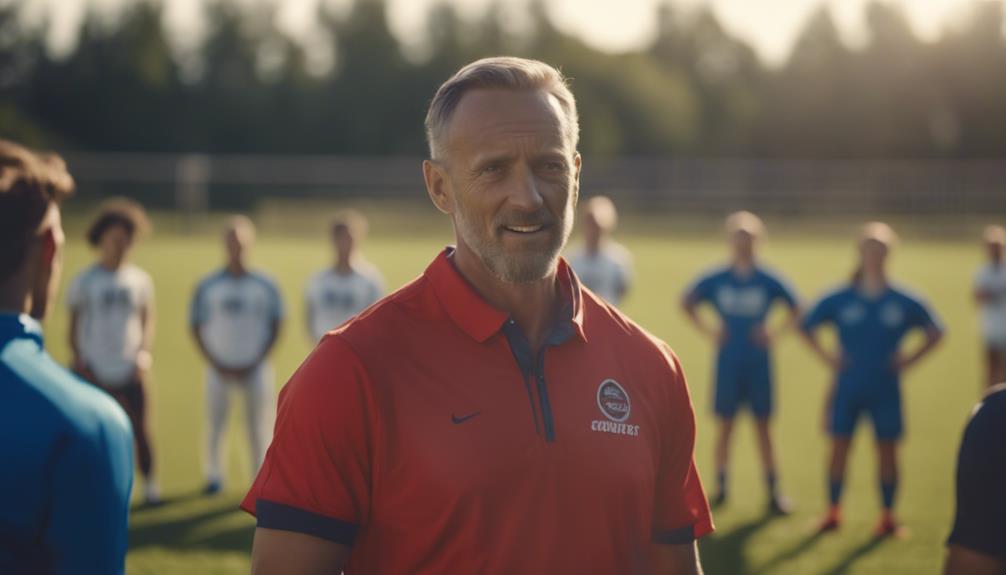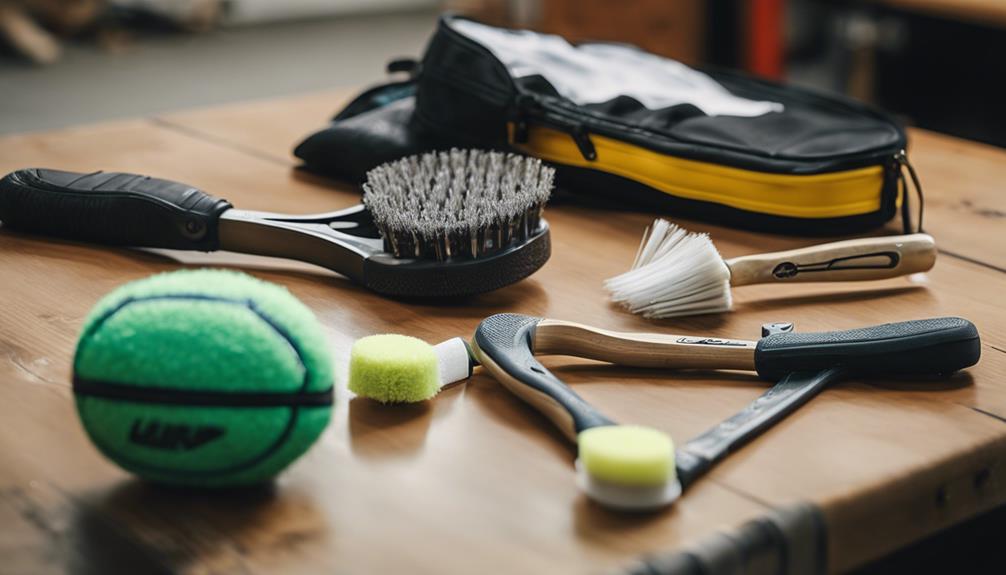
Reducing cup size through exercise is a topic that often piques interest, especially for those looking to achieve a slimmer silhouette. While it’s important to recognize that genetics play a significant role in breast size, certain exercises and lifestyle choices can help tone the chest area and promote overall fat loss, which may contribute to a decrease in cup size. This article delves into the relationship between exercise and breast composition, offering practical tips and workout strategies for those on this journey.
Understanding How Exercise Can Affect Breast Size
Breast size is primarily influenced by genetics, hormonal changes, and body fat percentage. While you can’t directly target fat loss in specific areas, including the breasts, engaging in regular exercise can help reduce overall body fat, which may lead to a smaller cup size. When you lose weight, the body tends to take it from various regions, including the breasts, as fat is stored in the body. Therefore, a combination of targeted exercises and overall weight loss strategies can be effective in this pursuit.How To Put On A Sports Bra Without Hooks
It’s also worth noting that muscle tone plays a role in breast appearance. While breasts are composed mostly of fat and glandular tissue, strengthening the muscles beneath the breasts can create a firmer, more lifted look. This means that while the size of your breasts may decrease with weight loss, the overall shape can become more aesthetically pleasing through exercise.
The Science Behind Breast Composition and Exercise
Breasts are composed of fatty tissue, glandular tissue, and connective tissue. The proportions of these tissues can vary from person to person. With weight loss, the fatty tissue in breasts tends to decrease, which can lead to a smaller cup size. However, the underlying muscle structure—specifically the pectoral muscles—can be developed through targeted exercises. This dual approach can lead to a reduction in size while enhancing the firmness and overall shape of your breasts.
Research suggests that regular physical activity can also impact hormonal balances in the body, particularly estrogen levels, which can influence breast size. Engaging in consistent exercise helps regulate these hormones, potentially reducing fat storage in the breast area. Understanding this connection can empower you to make informed decisions about your fitness journey.
Best Exercises to Target Chest Muscles Effectively
If your goal is to reduce cup size while toning your chest, incorporating exercises that target the pectoral muscles is essential. Push-ups, bench presses, and chest flys are some of the most effective moves for building strength in this area. These exercises not only work the chest muscles but also engage the shoulders and triceps, contributing to a more toned upper body.
For beginners, start with modified push-ups or lighter weights to build strength gradually. As you become more comfortable, you can increase the resistance and intensity of your workouts. Remember, the goal is to build muscle and improve tone, not to bulk up, which can lead to a more flattering chest appearance over time.
Cardio Workouts: A Key to Reducing Overall Body Fat
When it comes to losing overall body fat, cardiovascular exercise is crucial. Incorporating activities like running, cycling, swimming, or even brisk walking into your routine can significantly contribute to fat loss. The key is to find a cardio workout that you enjoy, as this increases the likelihood of consistency in your routine.
Aim for at least 150 minutes of moderate-intensity cardio each week. This can be broken down into manageable sessions, making it easier to fit into your schedule. As overall body fat decreases, you may notice a reduction in breast size as well, making cardio an essential component of your fitness journey.
Strength Training: Building Muscle to Tone Your Chest
Strength training plays a vital role in toning your chest and enhancing your overall physique. Incorporating exercises like chest presses, dumbbell flys, and cable crossovers will help build and define the pectoral muscles. This not only enhances the shape of your breasts but also contributes to a more sculpted look.
Aim to include strength training in your routine at least 2-3 times a week. It’s essential to allow your muscles to recover, so be sure to alternate muscle groups and give yourself time to rest. With consistency, you’ll begin to see improvements in both muscle tone and breast appearance.
Pilates and Yoga: Great for Posture and Chest Tone
Pilates and yoga are excellent additions to any fitness routine, particularly for improving posture and toning the chest area. Many Pilates exercises focus on core strength, which can help support the upper body and create a more elongated look. Similarly, yoga poses such as Cobra and Upward-Facing Dog engage the chest muscles and promote flexibility.
Incorporating these practices can also help you develop a greater mind-body connection, improving your overall fitness journey. Plus, they can provide a welcome break from high-intensity workouts, allowing for recovery while still promoting muscle engagement.
The Role of Diet in Achieving Your Fitness Goals
Exercise alone won’t lead to noticeable changes in cup size; a balanced diet is equally important. Focus on a diet rich in whole foods, including fruits, vegetables, lean proteins, and healthy fats. Reducing processed foods and sugars can help you achieve better results in conjunction with your exercise routine.
Additionally, monitoring your caloric intake is essential for weight loss. A slight caloric deficit can help you shed pounds, including fat in the breast area. Consider consulting with a nutritionist to help create a tailored meal plan that aligns with your fitness goals.
Staying Hydrated: Why It Matters for Body Composition
Staying hydrated is often overlooked but is crucial for achieving fitness goals. Proper hydration supports metabolism and helps the body efficiently break down fat. Additionally, water intake plays a key role in maintaining skin elasticity and overall health, which can improve the appearance of your chest as you lose fat.
Aim to drink plenty of water throughout the day, especially before and after workouts. Not only does hydration support fat loss, but it also enhances performance during exercise, allowing you to push yourself harder and achieve better results.
Consistency is Key: Creating a Workout Routine
One of the most important aspects of reducing cup size through exercise is consistency. Creating a workout routine that incorporates both cardio and strength training will yield the best results over time. Set aside specific days for your workouts to ensure they become a regular part of your lifestyle.
Consider tracking your progress to stay motivated. Whether it’s through a fitness app or a simple journal, documenting your workouts can help you see how far you’ve come and keep you committed to your goals.
Setting Realistic Goals: What to Expect from Exercise
It’s essential to have realistic expectations when it comes to reducing cup size through exercise. While it’s possible to tone the area and lose fat, results can vary greatly among individuals. Set achievable goals, such as a target weight or fitness milestone, rather than focusing solely on cup size.
Remember that changes take time, and patience is key. Celebrate small victories along the way, and don’t hesitate to adjust your goals as you progress. With dedication and the right approach, you can achieve a healthier, more toned appearance.
Reducing cup size through exercise involves a comprehensive approach that includes targeted workouts, cardiovascular fitness, proper nutrition, and hydration. While you may not be able to control genetics, focusing on these aspects can empower you to achieve your fitness goals and enhance your overall appearance. Remember, it’s all about balance, consistency, and setting realistic expectations. Embrace the journey, and you’ll be well on your way to feeling more confident in your body!





